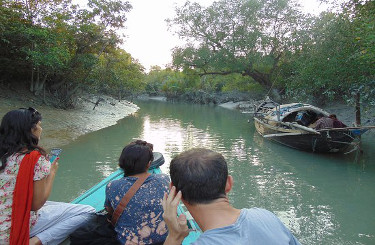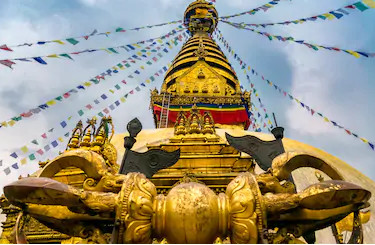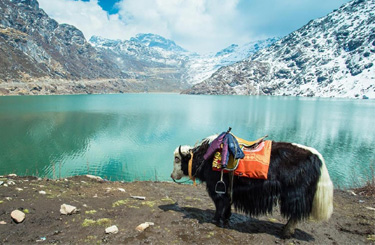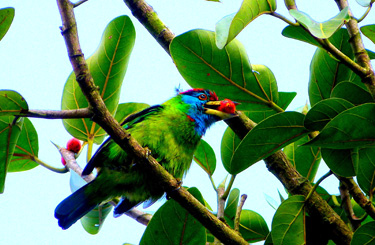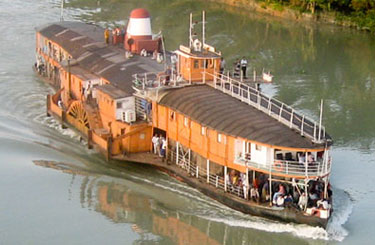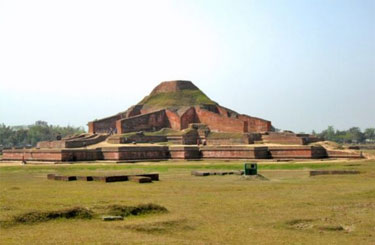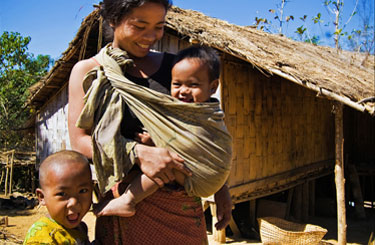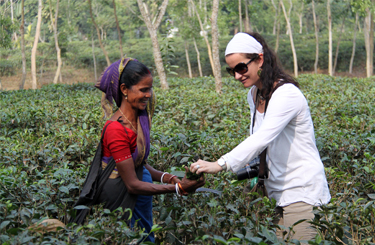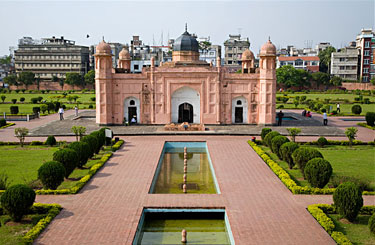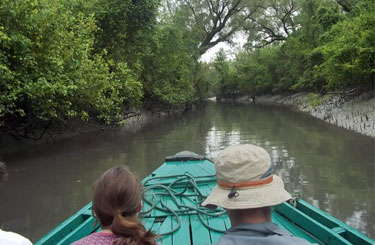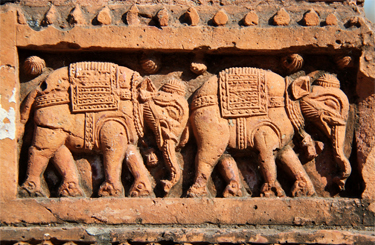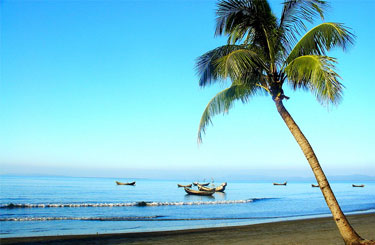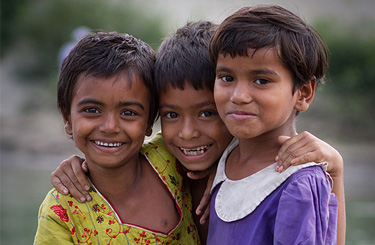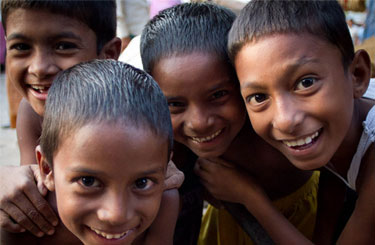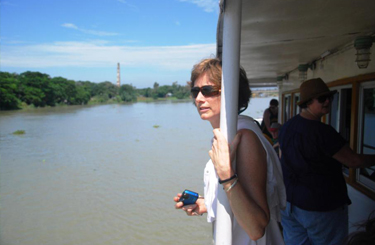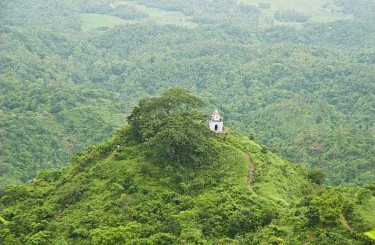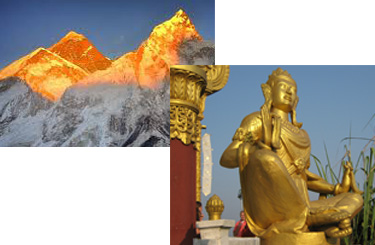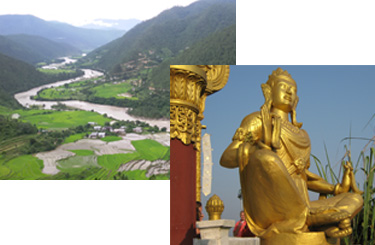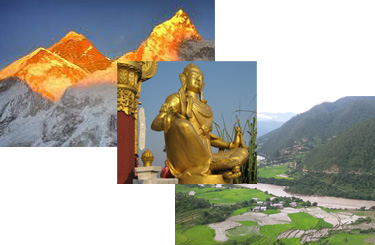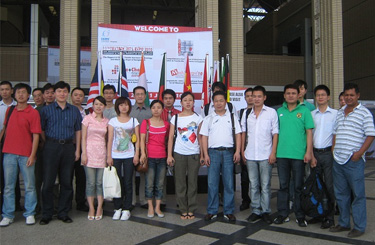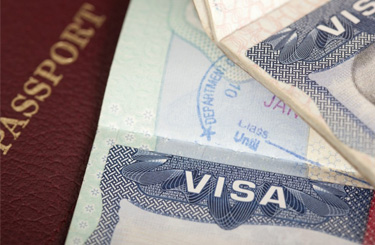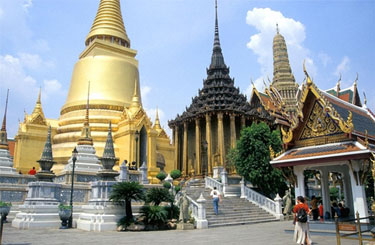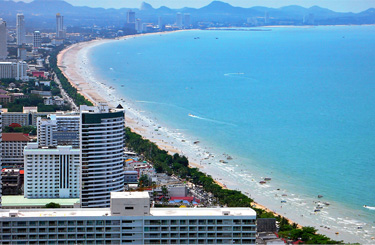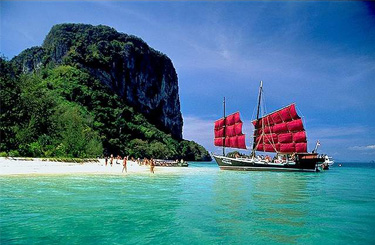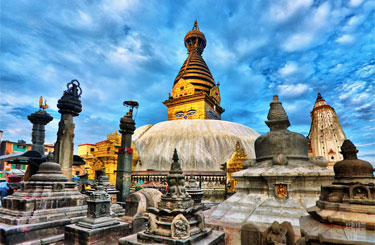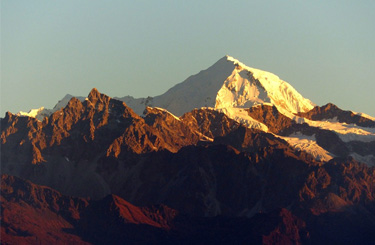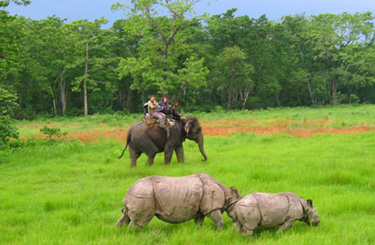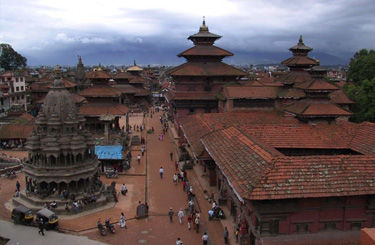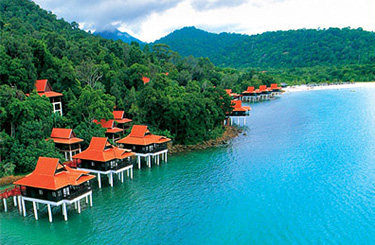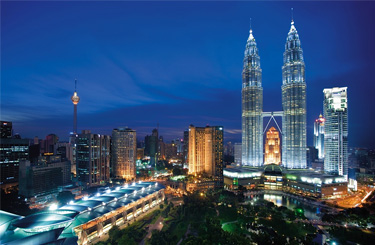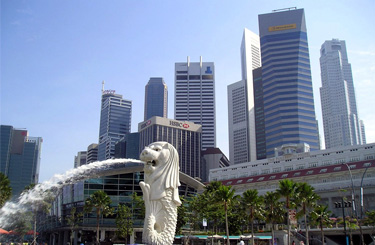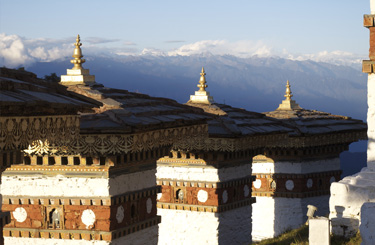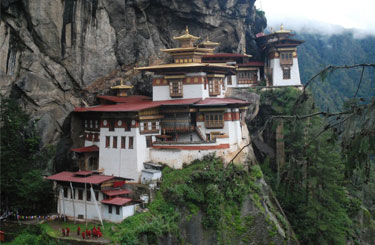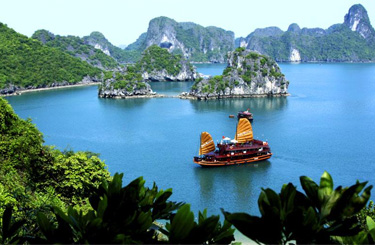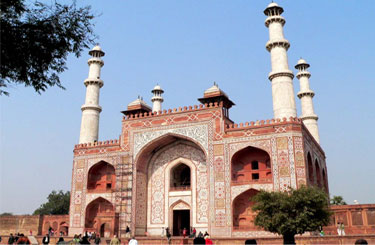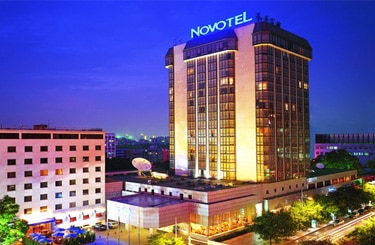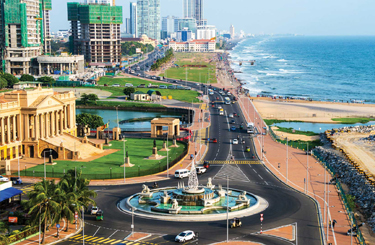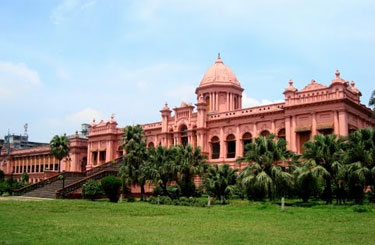
Ahsan Manjil
Khwaja Alimullah bought some properties including this building from the French traders in 1835, which was originally owned by Zaminder Seikh Enayetullah. Nawab Abdul Ghani named Ahsan Manzil after his son Nawab Ahsanullah. It is a magnificent pink-coloured building with an imposing staircase leading to the upper floor, and it is topped by a lofty dome. In each of the 23 grand rooms there is a photograph of the room dating back from around 1902, and these photos allowed the accurate restoration of the furnishings and draperies. Ancestors of the Khwaja Alimullah came from Kashmir in search of fortune. The Nawabs played a significant role during their regime around 100 year, uplifting the life style of the people as they were the pioneer to provide the following services : Electricity, Health care system, Sanitation, School and colleges, Parks, River-reforms, Banking, etc. It has been turned to a museum which will give a good insight into the life of the ruling classes of Bengal during the British Raj. It can be visited Saturday-Wednesday from 10:30am to 5:30pm and Friday from 4:00pm to 7:00pm.
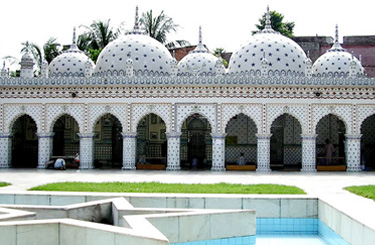
Star Mosque
Zaminder Mirza Ghulam Pir built this mosque in the early 18th century. Later a local businessman , Ali Jan Bepary renovated this mosque , a glittering star pattern mosaic with Japanese and English china clay tiles during 1926. This is the most beautifully decorated mosque in Bangladesh. It is distinctive for its low-slung style and the absence of minaret. Originally it was built with four corner towers in Mughal style. During the renovation and redecoration, the building was substantially altered. A close look will reveal that the tiles illustrated with pictures of Mt. Fuji.
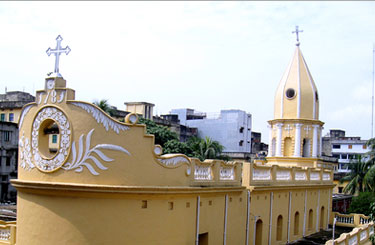
Armenian Church
Armenians came to Dhaka in the 17th century and they were concentrated in the old part of the city, which was later named Armanitola after the colony of Armenian families. This church was built in 1781 on the ruins of an earlier chapel. It has a balcony and wooden pews seat for 100 people. In 1837 a steeple serving as a clock tower was added, which collapsed during the earthquake of 1897. The church is in a reasonably good shape. It is open everyday, except when the caretaker leaves the premises.

Lalbag Fort
Prince Mohammed Azam, 3rd son of Mughal Emperor Aurangzeb, started building the Fort Aurangabad in 1678. As he left Dhaka, he handed it over to Nawab Shaista Khan, the next governor, for completion. He continued the work, but due to premature death of his beloved daughter Bibi Pari, all building activities were suspended , considering it as inauspicious to continue the work. Outstanding among the monuments of the Lalbagh fort are a small three-domed elegant mosque , the mausoleum of Bibi Pari, and the Audience Hall and Hammam complex is now housing a museum. When the fort was built, the river Buriganga used to flow very close to the Lalbagh Fort to the South. It can be visited from Sunday to Thursday from 10:00am to 5:00pm, Friday from 2:30pm to 5:30pm, during the winter (closed on Saturday & other national holidays). From April to October, opening and closing times are half an hour later.
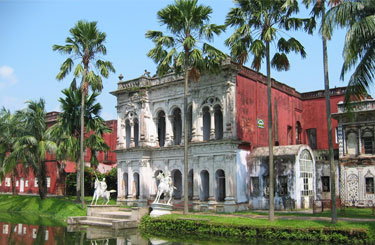
Sonargaon
Sonargaon ( means golden city), 27 km. east of Dhaka city, was the capital of Bengal from 13th to early 17th century during the Chandra and Deva dynasty. The Panam was a flourished city in those days. In 1611 the Mughals considered the location too exposed to the Portuguese and the Mogh pirates and established Dhaka as their capital. It was a very flourished centre both for weaving of the muslin and export to different parts of the world. But nothing of muslin can be found now. Folklore Museum at Sonargaon open from 9:00am to 5:00pm everyday except Wednesday from 10:00am to 2:00pm and closed on Thursdays.
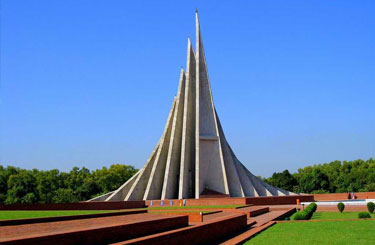
National Martyrs Memorial of Bangladesh
About 35km from Dhaka is the National Martyr's Monument at Savar, built in memory of the millions who died in the liberation war during 1971. This 50M high and beautifully maintained structure was designed by the famous architect Mr. Moinul Hossain.
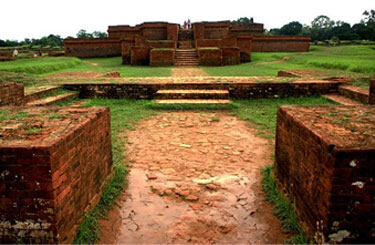
Mainamoti
Comilla was once the seat of Buddhist civilization that flourished from 7th to 12th century A.D. There are as many as 50 archaeological spots which were excavated and the prominent sites are Shalban Vihara, Kotilamura, Ananda Vihara, Charapatra Mura, Itakhola Mura and Rupban Mura have got immense archaeological importance. There is an wonderful archaeological museum.
If you organize tour to visit these Buddhist monastery and archaeological sites will open a new dimension in your tour management. There is a very easy access for the tourist from Assam to Bangladesh by road transport having a very popular Tamabil border post in the Sylhet border of Bangladesh.

Shat Gambuj Mosque
About 30 km away from Khulna City is the place Bagerhat. The place was inside the inhospitable Mangrove forest of the Sundarbans near the coast of Bay of Bengal. A General, later known to be a saint named Khan Jahan Ali came here from Delhi. He was the earliest torch-bearer of Islam in the south of Indian Subcontinent. He laid the nucleus of an affluent city at Bagerhat in the mid-fifteenth century, during the reign of Sultan Nasiruddin Mahmud Shah (14421459). He adorned his city with numerous mosques, tanks, roads and other public buildings, the spectacular ruins of which are focused around the most imposing and largest multi-domed mosque in Bangladesh, known as the Shat-Gambuj Masjid
The stately fabric of the monument stands on the eastern bank of a vast sweet-water tank, clustered around by the foliage of a low-lying countryside, characteristics of a sea-coast landscape. Nearby is the shrine of this saint flanked by a vast tank , also dug by him. A couple of crocodiles can be found in this tank which are believed to be cursed by the saint and have been living for several hundred years.
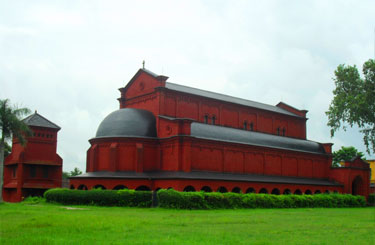
The Oxford Epiphany Mission Church was deeply rooted in England and desired to spread its wings worldwide. So priests and male youth of the headquarters formed a committee under the guidance of the Archbishop of England and a group was sent to Calcutta (Kolkata) in 1889.
The Anglican people of East Bengal were then left without proper direction. The Bishop of Madras (Chennai) in 1895 invited this group to guide and take care of the flock that was left to wander. Thus rose the Brotherhood of the Epiphany.
FIXED DATED TOUR PACKAGES
INBOUND TOUR PACKAGES
COMBINED TOUR PACKAGES
TOUR, TRAVEL AND OTHER RELATED SERVICES
OUTBOUND TOUR PACKAGES
KNOW BANGLADESH - BANGLADESH TOUR GUIDE LINKS
Bangladesh Guidelines Bangladesh Map Country History of Bangladesh
Bangladesh Tourism Map Bangladeshi Cuisine Bangladeshi Fashion
Bird Watching in Bangladesh Folklore of Bangladesh Music of Bangladesh
Tribal Dance of Bangladesh Hotels in Bangladesh Resorts in Bangladesh
Restaurants in Bangladesh River Cruise in Bangladesh Shopping in Bangladesh Scuba Diving
Monuments in Bangladesh Beaches in Bangladesh Islands in Bangladesh
Tribal Life in Bangladesh Wildlife in Bangladesh Barisal Division Chittagong Division
Dhaka Division Khulna Division Rajshahi Division Sylhet Division


 +8801712125379, +8801779579606
+8801712125379, +8801779579606  info@dhakaholidays.com,dhakaholiday@gmail.com
info@dhakaholidays.com,dhakaholiday@gmail.com